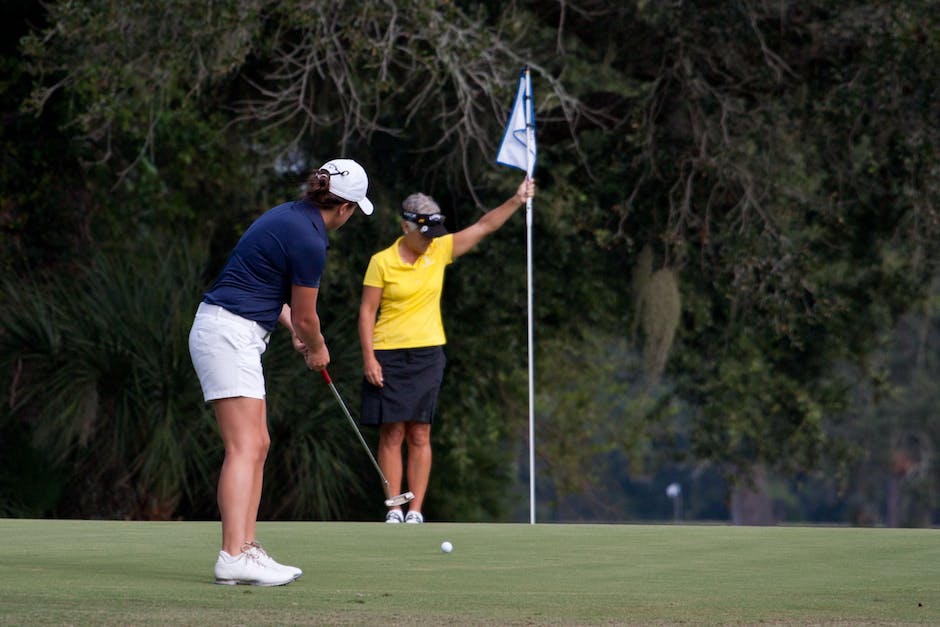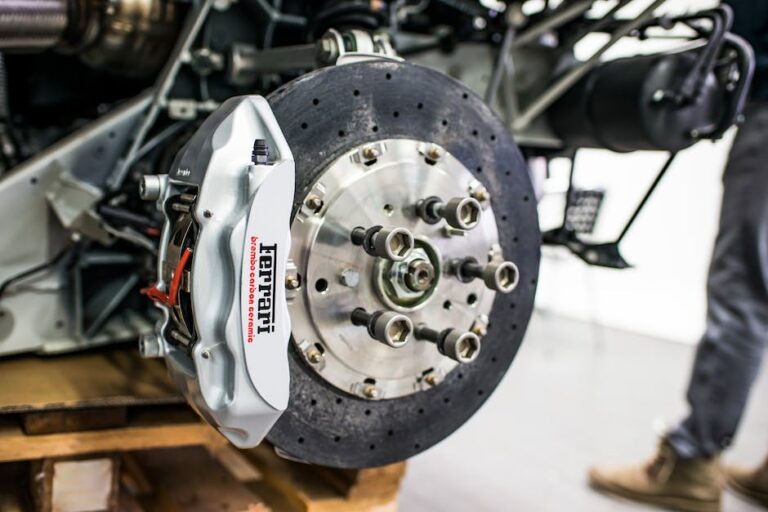5 Strategies for Mastering the Art of Putting
Understanding the Different Types of Putts
Putting is an essential aspect of disc golf, and understanding the varying types of putts is crucial to performing on the course. The four primary types of putts are straddle, spin, pitch, and turbo. These putts differ in execution and technique, but it is essential to master all of them to be an effective putter.
The straddle putt is a popular technique among professional disc golfers, where the feet are positioned parallel to the target line. This stance helps emphasize stability and balance throughout the putting motion. This putt is especially useful when the lie is obstructed or there is a low ceiling above the basket.
The spin putt involves a forward spin motion of the disc and is best suited for longer putts. This technique requires a strong flick of the wrist and a stable follow-through, allowing the disc to travel further and straighter toward the basket. The pitch putt is similar to the spin putt, but instead relies more on lofting the disc toward the basket.
The turbo putt is a unique style of putting that is handy when there are obstacles such as trees or buildings in the way. This putt requires a specific grip on the disc, whereby the thumb is placed under the rim and fingers above it, similar to holding a pencil. The disc is then released with an upward throw, with the thumb providing the primary force.
Perfecting Your Stance and Grip for Consistency
The stance and grip are crucial elements of putting consistency. A good starting point for the stance is shoulder-width apart and a comfortable amount of bend in the knees. The foot placement primarily corresponds with the type of putt, with the straddle requiring a parallel foot position, whereas turbo and spin putts require feet perpendicular to the basket.
Regarding the grip, a comfortable fit is essential to have a consistent feel when holding the putter. There are various grips players can use, such as the fan grip, power grip, and fork grip. Still, most players use either a stacked grip or a modern tuck grip. The stacked grip involves placing your fingers along the rim of the disc while the thumb is placed on top. The modern tuck grip is when the thumb is on the flight plate and the index and middle fingers are underneath, locked together.
Players can experiment with various grips to see which one works best for their throwing style and comfort level. Consistency is key when practicing the grip and stance, ensuring that muscle memory is built with a reliable putting technique.
Developing a Pre-Putting Routine for Focus
Developing a pre-putting routine is crucial in disc golf. A pre-putt routine starts from the moment you decide on your disc and continues until you throw. Your routine should be straightforward and help focus your attention onto your putt.
Start by selecting your disc, keeping in mind the distance, wind, and angle of the throw. Then, take the proper stance and grip on the disc while taking a deep breath and visualizing the path to the basket. Some people may choose to include pre-shot routines, such as a waggle or taking a practice swing.
The pre-putt routine is essential in preparing your mind and body for an accurate and confident putt. Once you have your routine, try to repeat it before every shot, putting or otherwise. Over time, the routine becomes second nature, and repetition helps build confidence and consistency in your putting game.

How to Read the Green and Adjust Your Aim
Reading the green is a crucial aspect of disc golf putting, and it involves identifying the slope, elevation, and wind direction. All these factors will affect how the disc will move towards the basket. Learning how to read the green takes time, but once it becomes a habit, it will improve your putting accuracy.
Start by assessing the wind direction, which will determine how a disc will travel once it leaves your hand. A tailwind, for example, will cause the disc to fly further and quicker than expected, while a headwind will reduce the speed and distance of the disc. Take notice of any obstacles on the green, such as trees or branches, because they can affect your throw.
Once you’ve read the green, adjust your aim accordingly. If you’re throwing uphill, aim above the basket. If the ground slopes downhill, take your aim below the basket. Always keep in mind the wind and how it may affect the trajectory of the disc.
Practicing with Effective Drills and Games
Practice is the key to improving your disc golf putting game. Incorporating effective drills and games into your practice routine will help build muscle memory, improve technique, and keep things fun. Here are some drills and games to try:
–Pole/Hole Practice: Instead of aiming for a basket, shake things up with a pole or a stand-in hole. This will improve your aim and make putting more challenging.
–Progressive Putting: Start at a close distance, say 10 feet, and gradually increase the distance as you make successful putts. This will improve your ability to make successful shots at varying distances.
–Putting Games: Add some friendly competition to your practice routine with putting games such as H.O.R.S.E. or Disc Golf Darts. These games will keep things entertaining and improve your focus and accuracy.

Managing Putting Pressure and Nerves
Managing putting pressure and nerves is essential to executing a good putt. The pressure of a tournament, a difficult shot, or simply the pressure of making a necessary shot can cause putting anxiety. Here’s how to manage that pressure:
–Deep Breathing: Taking deep breaths will help ease the tension and signal to your body that it’s time to relax.
–Meditation and Visualization: Imagine the shot in your head, meditate on your techniques and routine, and perfect your putt in your mind’s eye.
–Positive Self-Talk: Believe in yourself and your abilities. Encourage yourself by saying affirmative statements before making the throw. Visualize your success.
Managing pressure and nerves takes time and experience, but once it becomes part of your routine, the results will be undeniable. Remember to relax and trust your technique and training.
Choosing the Right Type of Putter for Your Style
Choosing the right type of putter can make all the difference in your disc golf game. Putters come in various weights, sizes, and plastics, and selecting the most suitable type for your skill level is critical.
Firstly, consider the weight of the putter. Lighter putters (150-160 grams) are more maneuverable and suitable for short-range putts. Heavier putters (170-175 grams) are more stable, consistent, and reliable in long-distance putts.
Secondly, think about the type of plastic. Soft plastics (e.g., DX plastic) are good for those who prefer a soft grip, while harder plastics (e.g., Champion plastic) are suitable for players who prefer a firm grip.
Lastly, consider the disc’s design. A putter with a flat or shallow rim is typically better for beginner players, and a deeper rim is ideal for more experienced players who need a more extensive grip.
When selecting a putter, test out multiple discs to find the best one for your throwing style and comfort level. Ultimately, the most comfortable putter is the one that feels most natural in your hand.
Analyzing and Improving Your Putting Statistics
Disc golf players can improve their putting skills by analyzing various putting statistics such as distance, accuracy, and the number of putts per hole. Before starting any putting practice session, record your stats for that session to keep track of progress.
Start with the distance stat, which calculates the percentage of successful putts at various distances. This statistic will identify areas that need improvement and allow you to focus on weaker spots.
The accuracy stat determines how many putts land within the green or basket’s area. This stat is critical and determines how close you get to the basket, which will increase the chances of making the putt.
Lastly, the number of putts per hole stat measures the number of putts you take to complete a hole. This stat will highlight how many missed putts and mistakes are occurring in your putting game.
By analyzing putting stats, players can determine the areas that need improvement and tailor their training to alleviate those weak spots. Over time, players can see the fruits of their labor and watch as their stats improve, leading to an improved score and a better game.







